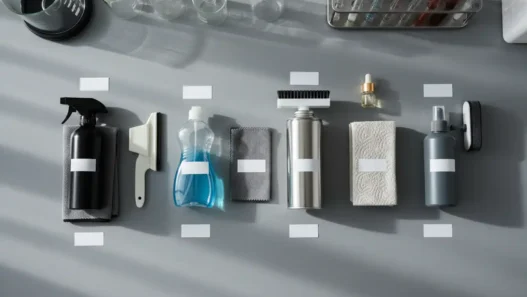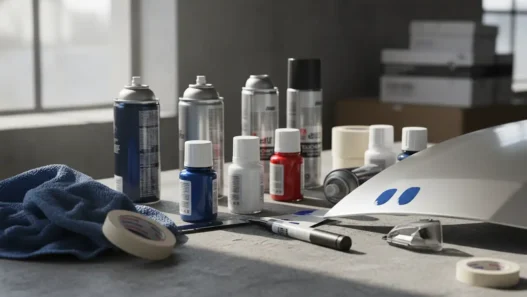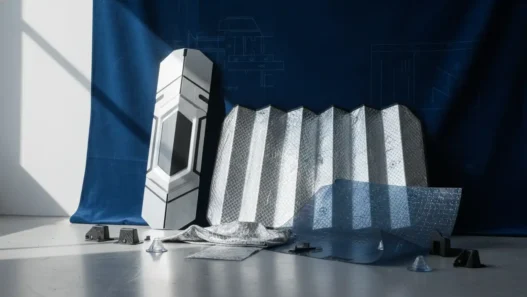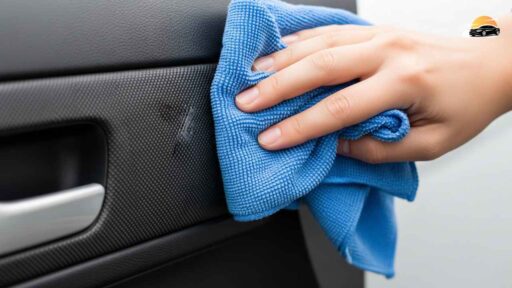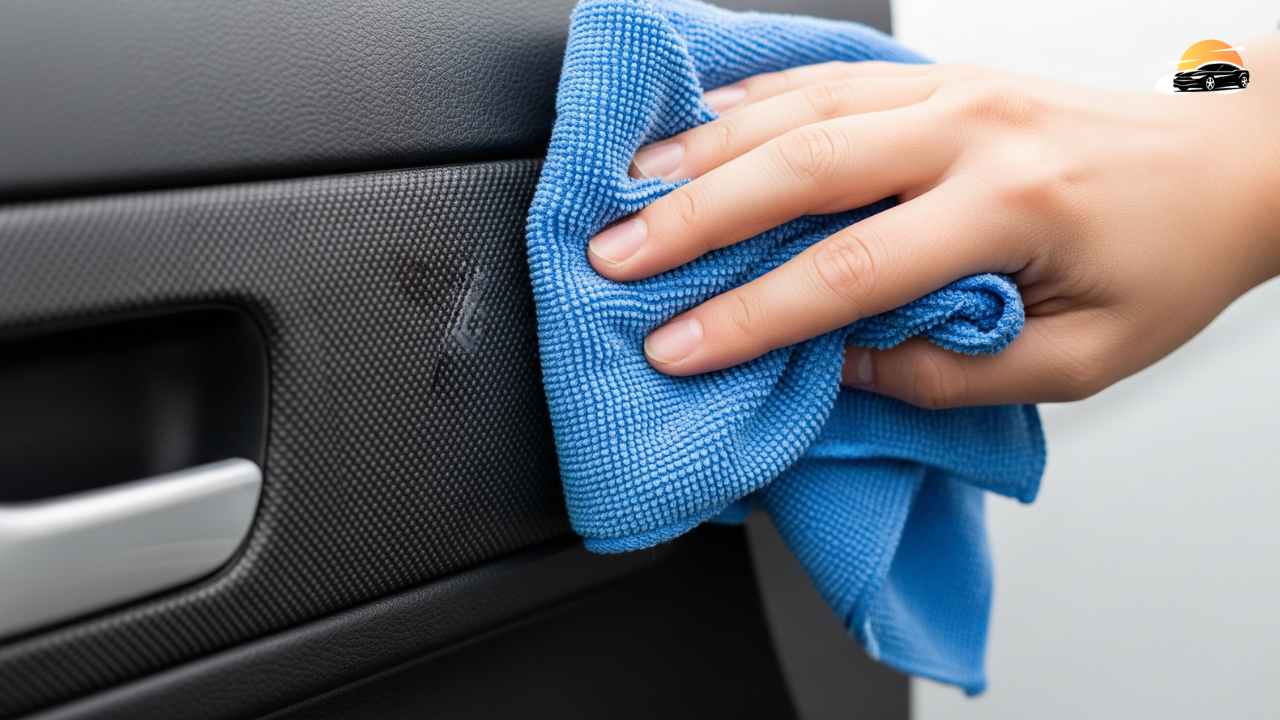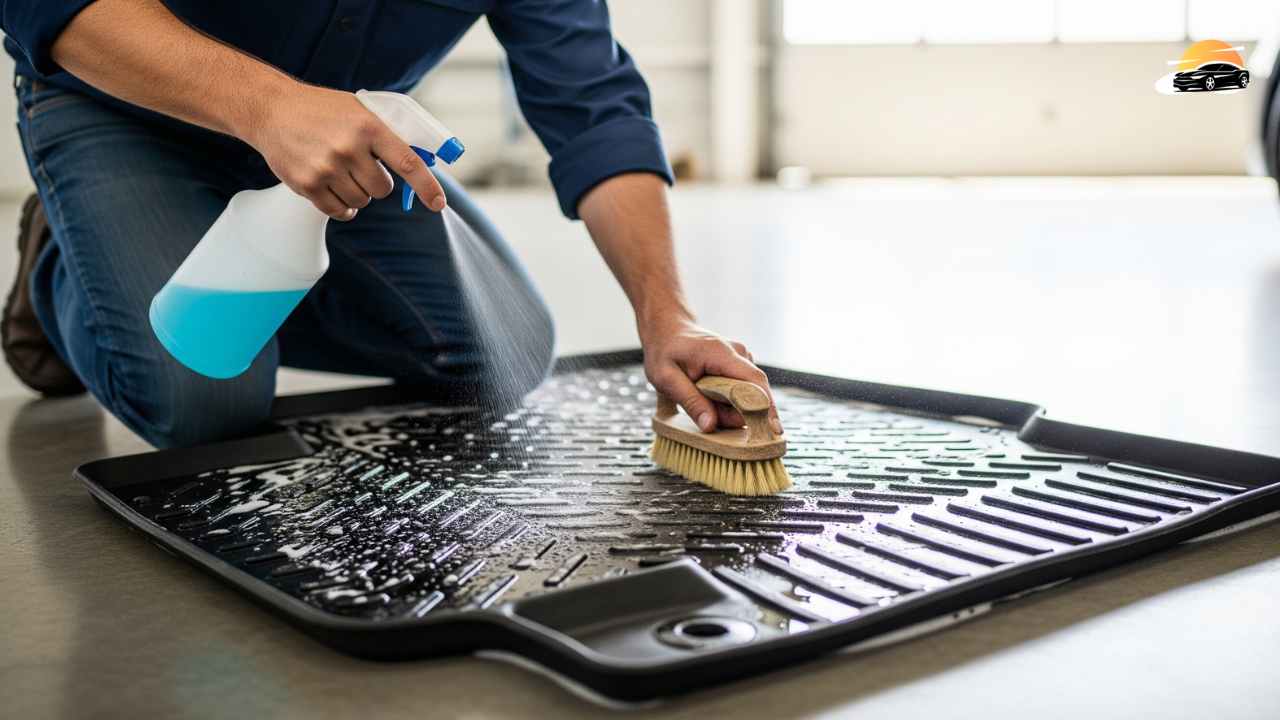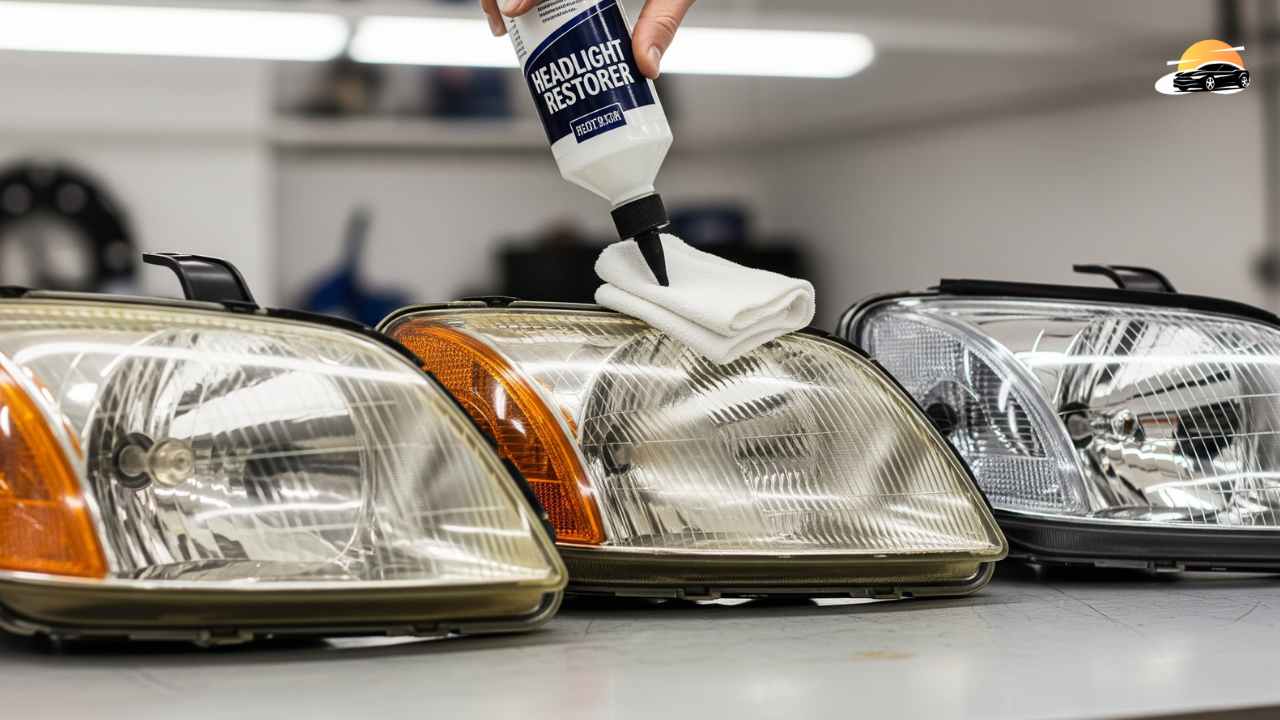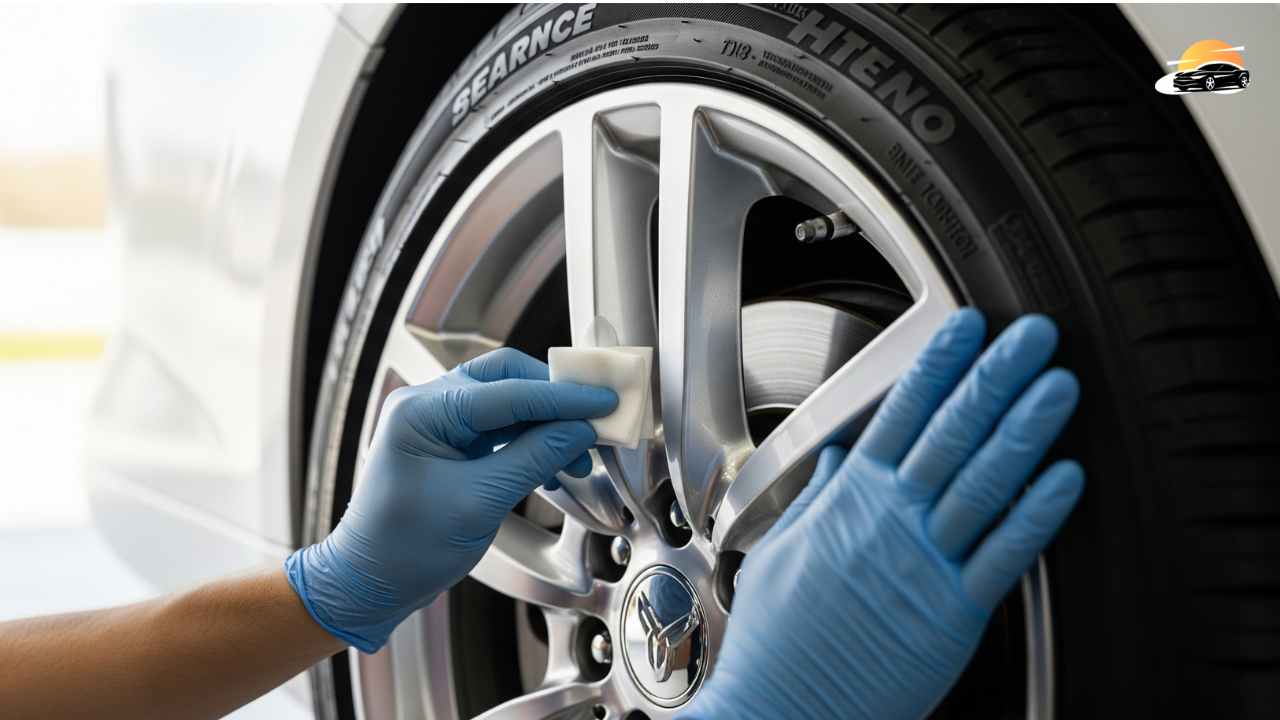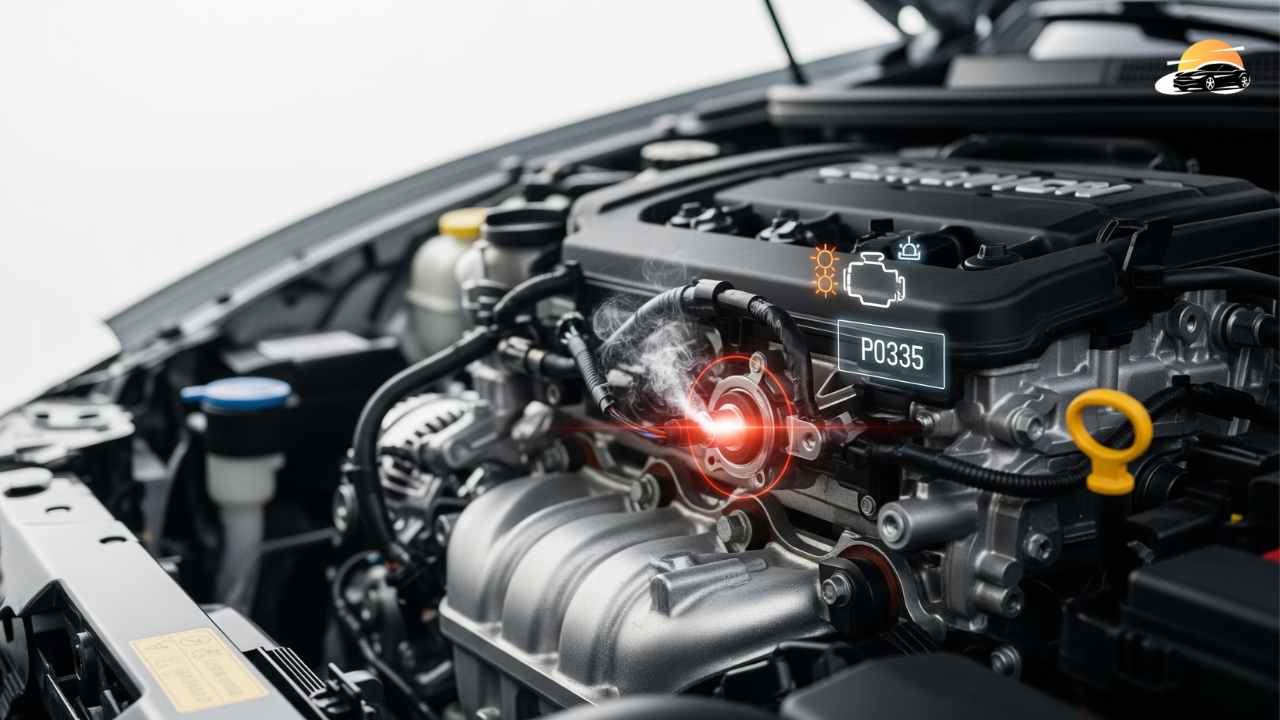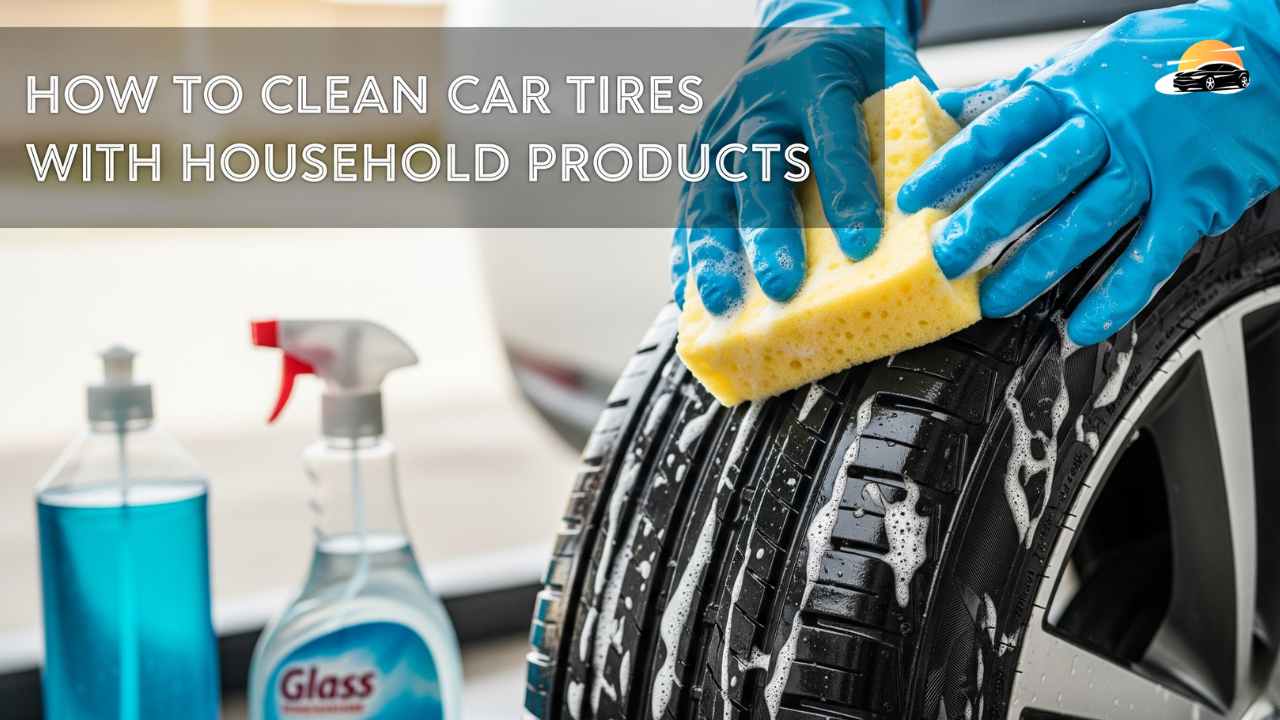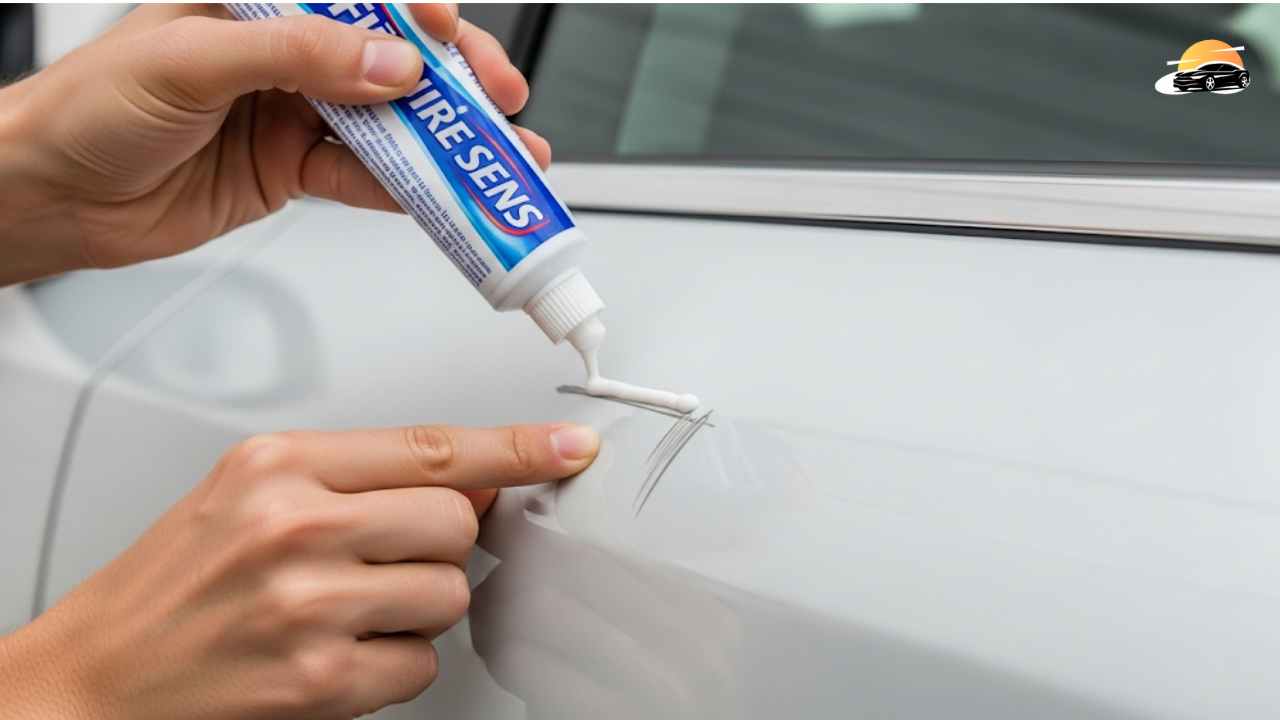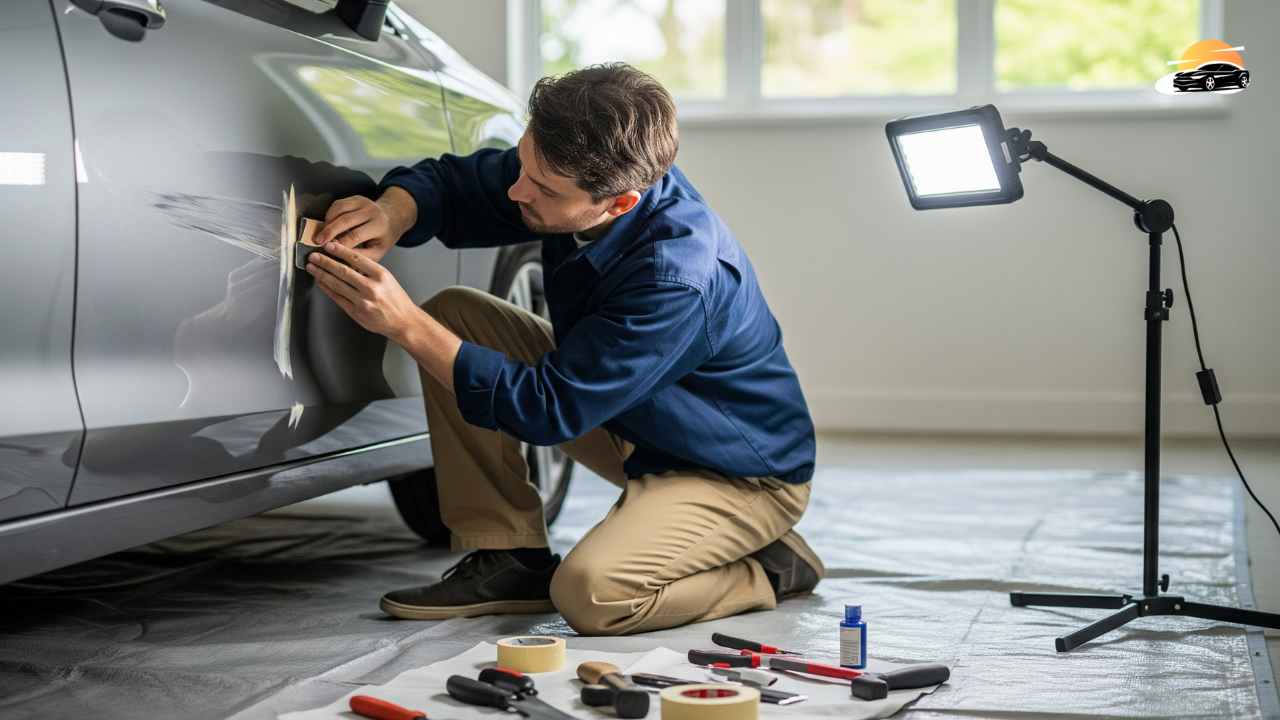How to Clean & Restore Black Trim on Cars: Meguiar’s Rise Signals a Shift in Auto Care Spending
Automotive trim doesn’t usually make headlines, but the market is telling another story. In 2024, U.S. consumers spent over $15.6 billion on car care and detailing products, according to Statista, a steady increase since the pandemic reset how people view their vehicles. Within that number, one particular category is spiking faster than most: black trim restoration and protection products.
Once seen as a niche corner for auto enthusiasts, restoring weather-faded trim has now become a mainstream activity. Why? Because car owners are keeping their vehicles longer, the average age of cars on American roads hit 12.5 years in 2023, a record high, per S&P Global. As plastics fade and discolor, products from companies like Meguiar’s, Chemical Guys, and Adam’s Polishes are stepping up to meet demand. Investors are watching, too, as the aftermarket detailing sector edges from hobbyist passion into everyday necessity. But behind the glossy packaging is a race for loyalty, authenticity, and distribution dominance.
The Data
Fading black trim may seem cosmetic, but in corporate boardrooms, it’s a data point worth millions. Globally, the automotive appearance chemicals market is expected to reach $15.1 billion by 2029 (Market Research Future, 2024). That includes polishes, waxes, and interior cleaners—but exterior trim and plastic restorers are among the fastest-growing SKUs.
Consider this:
73% of U.S. car owners report noticing cosmetic wear (fading, discoloration) on their vehicles after five years, with black trim cited as the most common complaint (AAA Survey, 2023).
Meguiar’s, a 121-year-old U.S.-based detailing brand now owned by 3M, reportedly saw double-digit growth in trim-care product sales in the past two years (unconfirmed company report, but consistent across retailer SKUs).
Meanwhile, direct-to-consumer rival Chemical Guys boasts more than 1.2 million YouTube subscribers, leveraging digital-first branding to capture millennial and Gen-Z detailers.
Here’s the thing: this isn’t just about shiny borders around a window. It’s about who owns the narrative of modern car upkeep. Investors see a sticky demand curve. Car owners see a way to keep their aging rides looking newer without leasing every three years. Retailers see higher-margin products compared to standard soaps.
But the numbers do raise questions. If trim restorer demand is spiking at twice the general detailing market rate, why isn’t every major chemical giant diving deeper? Some sources suggest supply-chain complexities—UV protective formulations rely on costly silicone polymers, which are now subject to raw material inflation. That puts the edge in the hands of brands with either deep R&D budgets (like 3M/Meguiar’s) or influencer firepower (Chemical Guys).
Step-by-Step: How to Clean the Black Parts on Your Car
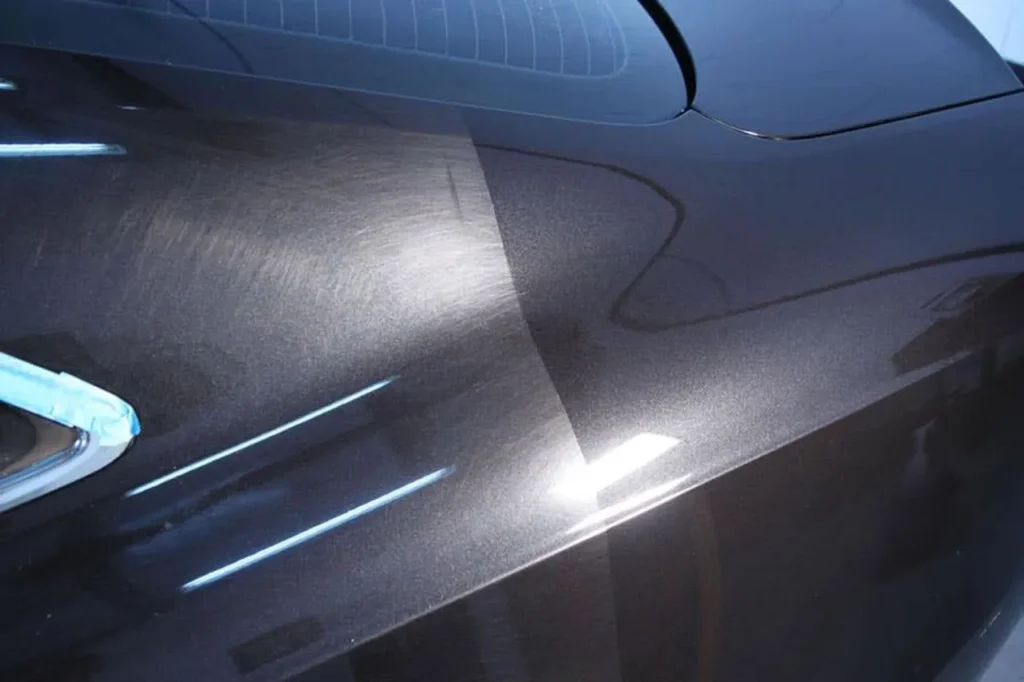
Here’s the thing: those dull, gray-black car parts weren’t always that sad-looking. Time, UV rays, and road grime just wore them down. Now, making them look clean and sharp again isn’t rocket science, but there are some products out there that sound more magical than they really are. Let’s cut the spin and walk through what actually works.
Step 1: Get the Black Plastic Truly Clean
It’s tempting to jump straight to the shiny stuff, but if you skip cleaning, you’re basically painting over dirt. That never ends well.
Wash the Area: If the whole car is filthy, give it a full wash. Otherwise, focus on the black plastic and a little space around it.
Use Trim Cleaner (When Needed): If it looks grimy, spray on a dedicated trim cleaner. Let it sit maybe a minute—long enough to loosen the crud, not long enough to dry.
Agitate, Don’t Attack: Take a soft brush and work the product in. Gentle pressure. Sources say overly aggressive scrubbing can scuff the plastic.
Rinse Well: Flush it thoroughly with clean water. Soap residue left behind actually makes things look worse.
Dry Everything: A microfiber cloth works best here. The trim needs to be bone-dry before you move on. Moisture ruins the next step.
Step 2: Choose Between “Trim Lotion” and “Trim Restorer”
Now we get into the part that the marketing teams love. The truth? Not all products last the same.
Trim Lotions: Think of these like a moisturizer for your car. They darken the plastic and make it look better, but… they wear off after a few weeks. Great for a quick refresh, not great for longevity.
Trim Restorers/Fixers: These leave longer-lasting protection and actually bring the color back. Some contain UV inhibitors that help prevent fading in the first place.
How to Apply:
Shake the Bottle—seriously, don’t skip this. The active ingredients settle.
Apply a Small Amount: Put a dab on an applicator pad. More is not better here.
Work It Evenly: Rub into the trim in overlapping motions. Uneven coverage will stand out, especially in sunlight.
Cover the Entire Piece: If you miss spots, you’ll see streaks.
Step 3: Buff or Wait (Depending on the Product)
Manufacturers don’t love it when you ignore instructions. And since formulas vary, this matters.
Check the Label: Some require buffing to remove excess, others just need curing time.
If Buffing: Use a fresh microfiber cloth, and wipe gently, like shining a pair of shoes. Don’t rub hard, you’re polishing, not sanding.
If waiting: Let it sit for a few minutes. This lets the polymers actually bond with the surface instead of just sitting on top.
Making it Look Even Better: Fixing Faded Black Plastic Parts
Here’s the thing, those once-deep black plastic trim pieces on cars don’t age gracefully. Sunlight, weather, and time leave them looking chalky gray. A quick wipe-down or generic “shiny stuff” lotion might help for a week, but if the plastics are really faded, you’ll need more than drugstore solutions. Let’s walk through the fixes people actually try—some smart, some… not so much.
Option 1: Heat Gun Restoration (Handle with Caution)
How it’s supposed to work: A heat gun—basically a hair dryer on steroids—blasts hot air at the plastic. The heat brings natural oils closer to the surface, darkening the faded part. In theory, it revives plastic that’s been sunbaked for years.
Why it’s risky: This method sounds clever but smells like a shortcut. Too much heat, and you’re not “restoring” the trim—you’re warping it. Worse, you can scorch nearby paint. Shops claim it works, but sources say results are inconsistent and rarely last long. Unless you know exactly what you’re doing (and have steady hands), this isn’t the kind of experiment you want to run on your daily driver.
Option 2: Trim Lotions (Quick Fix, Not a Cure)
How it works: Think of these products as cosmetic cover-ups. You wipe them on, and the black trim looks fresher and shinier almost immediately. The effect comes from oils and polymers that temporarily darken the surface.
The upside: Easy, cheap, and widely available. If your trim is just lightly faded, a reputable trim lotion can buy you a few weeks of improved appearance.
The catch: They wash off. After some rain—or one aggressive car wash—the glow fades back to dull gray. This is maintenance, not a solution.
Option 3: Dedicated Trim Restorers (e.g., Solution Finish)
How it works: Unlike lotions, these aren’t just surface-level. A product like Solution Finish uses chemical dyes and conditioners designed to penetrate and recolor the plastic itself, essentially restoring the deep black pigment instead of just smearing something shiny on top.
The upside: When done right, results can last months, even in tough weather. It’s why professionals tend to recommend these products over lotions—it’s not just “lipstick on the trim.”
The fine print: Application takes more time, and it’s pricier than the wipe-on lotions. But in terms of long-term results, it’s the closest thing to a real fi
How to Permanently Restore Black Plastic Trim in 3 Easy Steps (Focusing on a Restorer Product)

Here’s the thing—those once-deep black plastic trim pieces on cars don’t age gracefully. Sunlight, weather, and time leave them looking chalky gray. A quick wipe-down or generic “shiny stuff” lotion might help for a week, but if the plastics are really faded, you’ll need more than drugstore solutions. Let’s walk through the fixes people actually try—some smart, some… not so much.
Option 1: Heat Gun Restoration (Handle with Caution)
How it’s supposed to work: A heat gun—basically a hair dryer on steroids—blasts hot air at the plastic. The heat brings natural oils closer to the surface, darkening the faded part. In theory, it revives plastic that’s been sunbaked for years.
Why it’s risky: This method sounds clever but smells like a shortcut. Too much heat, and you’re not “restoring” the trim—you’re warping it. Worse, you can scorch nearby paint. Shops claim it works, but sources say results are inconsistent and rarely last long. Unless you know exactly what you’re doing (and have steady hands), this isn’t the kind of experiment you want to run on your daily driver.
Option 2: Trim Lotions (Quick Fix, Not a Cure)
How it works: Think of these products as cosmetic cover-ups. You wipe them on, and the black trim looks fresher and shinier almost immediately. The effect comes from oils and polymers that temporarily darken the surface.
The upside: Easy, cheap, and widely available. If your trim is just lightly faded, a reputable trim lotion can buy you a few weeks of improved appearance.
The catch: They wash off. After some rain—or one aggressive car wash—the glow fades back to dull gray. This is maintenance, not a solution.
Option 3: Dedicated Trim Restorers (e.g., Solution Finish)
How it works: Unlike lotions, these aren’t just surface-level. A product like Solution Finish uses chemical dyes and conditioners designed to penetrate and recolor the plastic itself, essentially restoring the deep black pigment instead of just smearing something shiny on top.
The upside: When done right, results can last months, even in tough weather. It’s why professionals tend to recommend these products over lotions—it’s not just “lipstick on the trim.”
The fine print: Application takes more time, and it’s pricier than the wipe-on lotions. But in terms of long-term results, it’s the closest thing to a real fix.
The People
“A decade ago, nobody cared about black trim; it was an upsell on the detailing bay menu,” says John Torres, an auto detailing instructor in Phoenix. “Now, customers will specifically ask for a trim restoration package before they even talk about a wax job. That tells you where the consumer’s head is at.”
Inside Meguiar’s, insiders paint a similar picture. “We were surprised by how resilient this category is,” a former marketing executive at the company told Forbes anonymously. “Once someone sees their car’s trim go from gray and chalky back to deep black, they’re hooked. It’s addictive—like fitness for your car.”
Even OEMs are paying attention. Rumors swirl that several automakers explored private-label partnerships to bundle trim-restoration products inside their certified-part service bays. It hasn’t fully materialized, maybe because OEMs traditionally avoid competing against aftermarket brands, but the trend whispers opportunity.
On the consumer side, forums are buzzing. Reddit’s r/AutoDetailing has more than 1.5 million members who dissect and debate the best restoration product for sun-fade. Brands live or die on these threads. “One bad batch and you’ll get called out in real time,” says Maria Chan, founder of a small detailing startup in Los Angeles. “But if you deliver, you get instant advocates.”
The Fallout
Economically, the surge in black trim restoration demand highlights two converging realities:
Car longevity as a social shift. Americans aren’t rushing to buy electric or new ICE models at the expected pace, partly due to high interest rates. Instead, they keep SUVs, crossovers, and trucks on the road longer—and with that comes more wear-and-tear repair spending.
DIY culture goes mainstream. During the pandemic, countless consumers picked up detailing as a side hustle or hobby. Now they’re sticking with it, creating a feedback loop of demand for education, products, and premium goods.
Industry analysts peg this sub-niche as a “front-door category”: a relatively inexpensive, highly visible product that introduces consumers to full-line portfolios. That’s exactly why Meguiar’s and competitors push their trim products front and center in retail displays. Sell one $15 trim restorer, and six months later, odds spike that the same buyer grabs $80 worth of wash, wax, and tire dressing.
But not everything shines. The environmental pushback against silicone-heavy products is real. Advocacy groups have flagged runoff contamination concerns tied to petroleum-based formulations. Europe has already weighed legislation that could restrict certain compounds. If that hammer falls, companies overly reliant on legacy siloxanes could see margins crushed overnight. To offset, newer players are experimenting with bio-based alternatives—but they’re costlier and less proven.
“This smells like the early days of the organic cleaning revolution,” argues Dr. Eliza Martin, a sustainability researcher at UC Santa Barbara. “The incumbents laughed at eco-detailing for decades. Now, all of a sudden, you see startups pitching biodegradable trim sprays—and getting traction.”
The fallout isn’t just regulatory. Investor mood is shifting as well. For brands inside conglomerate portfolios (like 3M’s Meguiar’s), detailing is a rounding error on the balance sheet. But when small consumer behavior shifts add up across millions of car owners, it can punch harder than expected. Hedge funds tracking consumer goods sales trends see detailing as an early indicator of how personal car ownership attitudes evolve in a tightening economic climate.
Here’s where skepticism creeps in: if trim restorer sales double, are we truly seeing fresh, sustainable demand, or just a pandemic-era blip being milked in branding decks? Analysts remain split. But overall, revenue growth across multiple channels—from Amazon to AutoZone—signals something deeper than fad territory.
Closing Thought
For a category once relegated to dusty shelves in auto parts stores, black trim restoration is now a test case for how detailing moves from enthusiast culture into consumer necessity. Meguiar’s has the legacy and distribution muscle, Chemical Guys owns the influencer playbook, and startups bet on sustainability. The market won’t crown just one.
The bigger picture? If consumers keep their vehicles longer—and climate regulations squeeze what goes into detailing formulas—black trim care could evolve into the razor-blade subscription model of car ownership: recurring, necessary, and ecosystem-driven. Only question left is: will automakers join the race, or cede this billion-dollar trim battle entirely to aftermarket upstarts?


